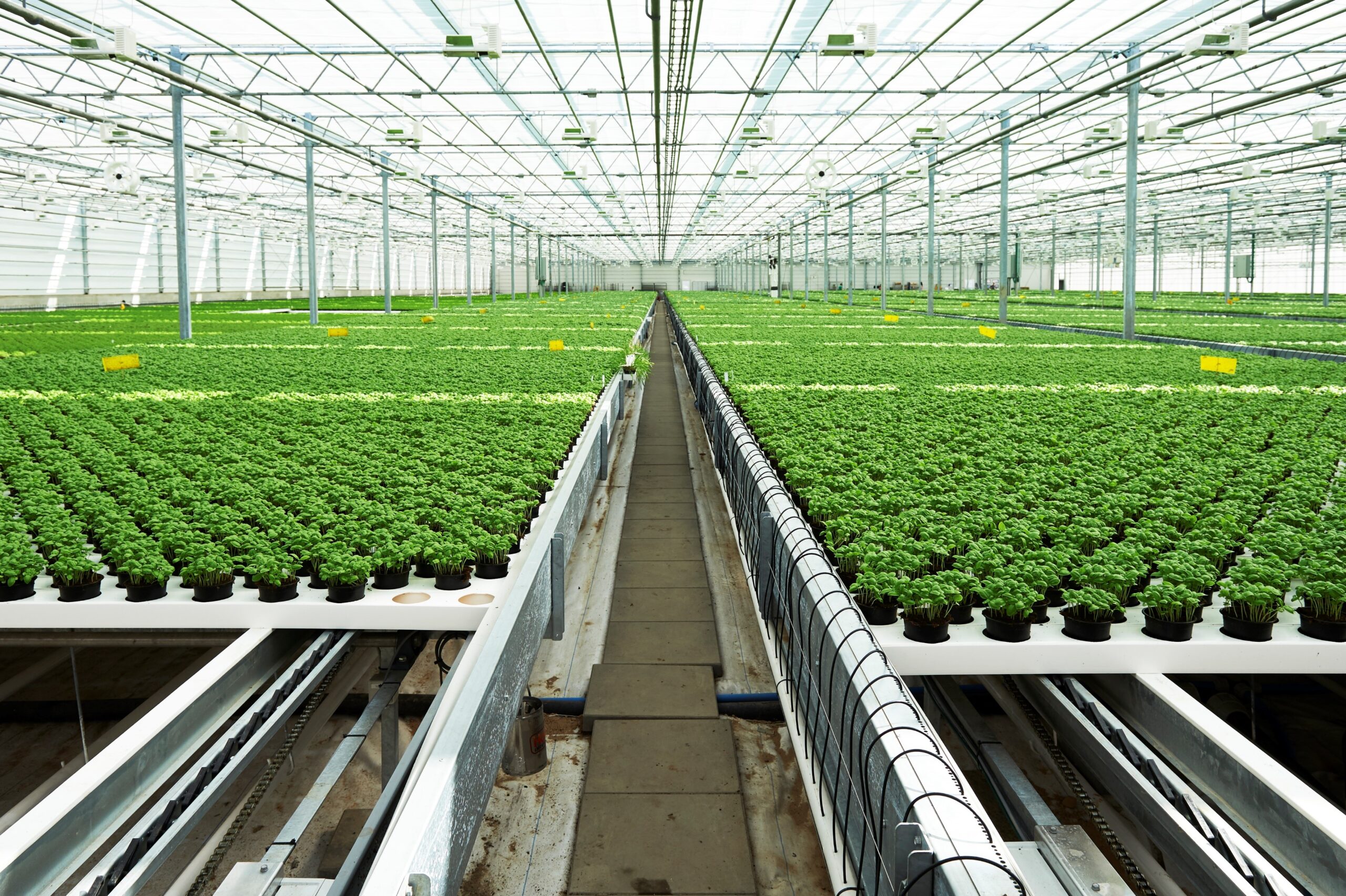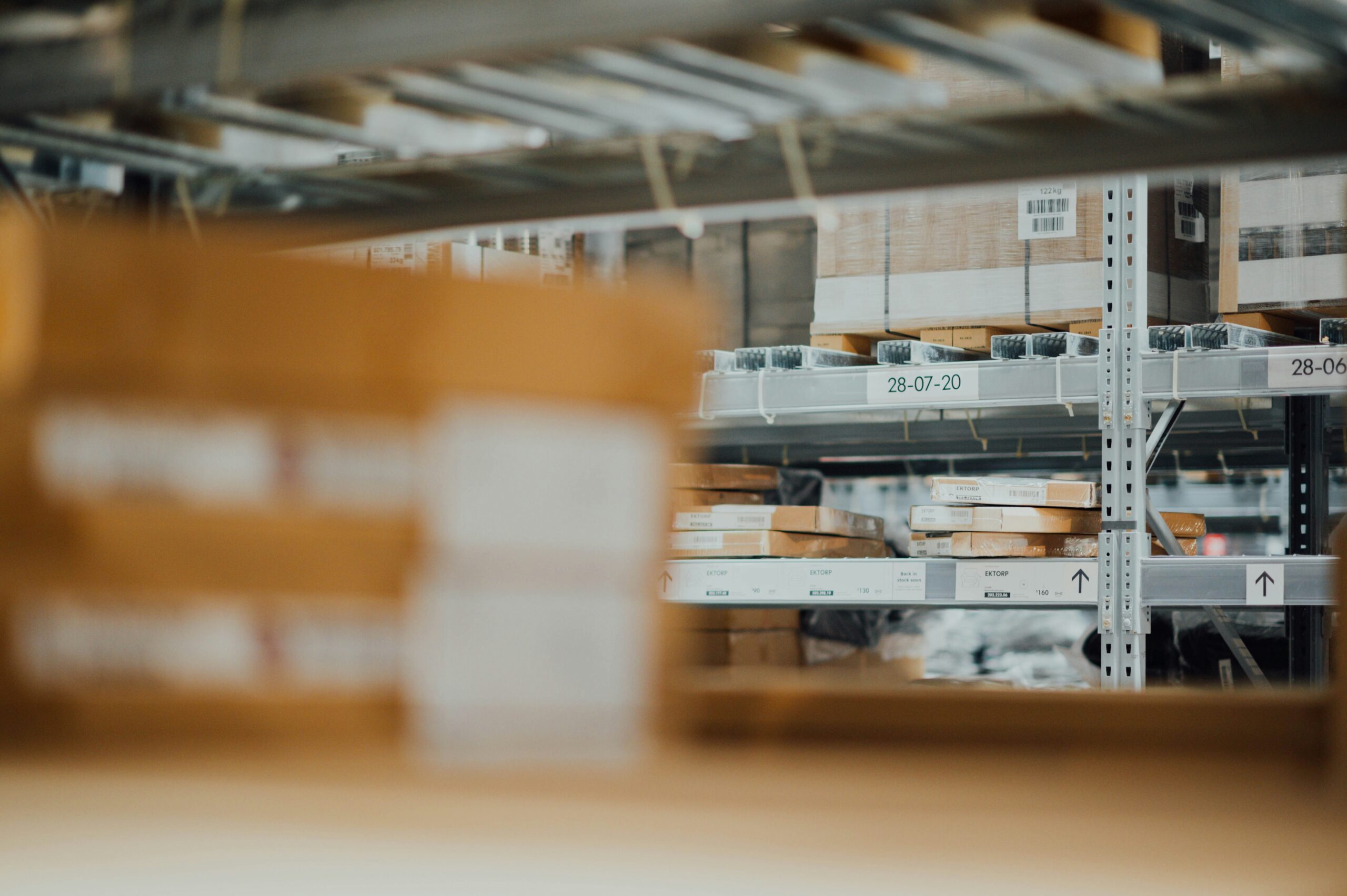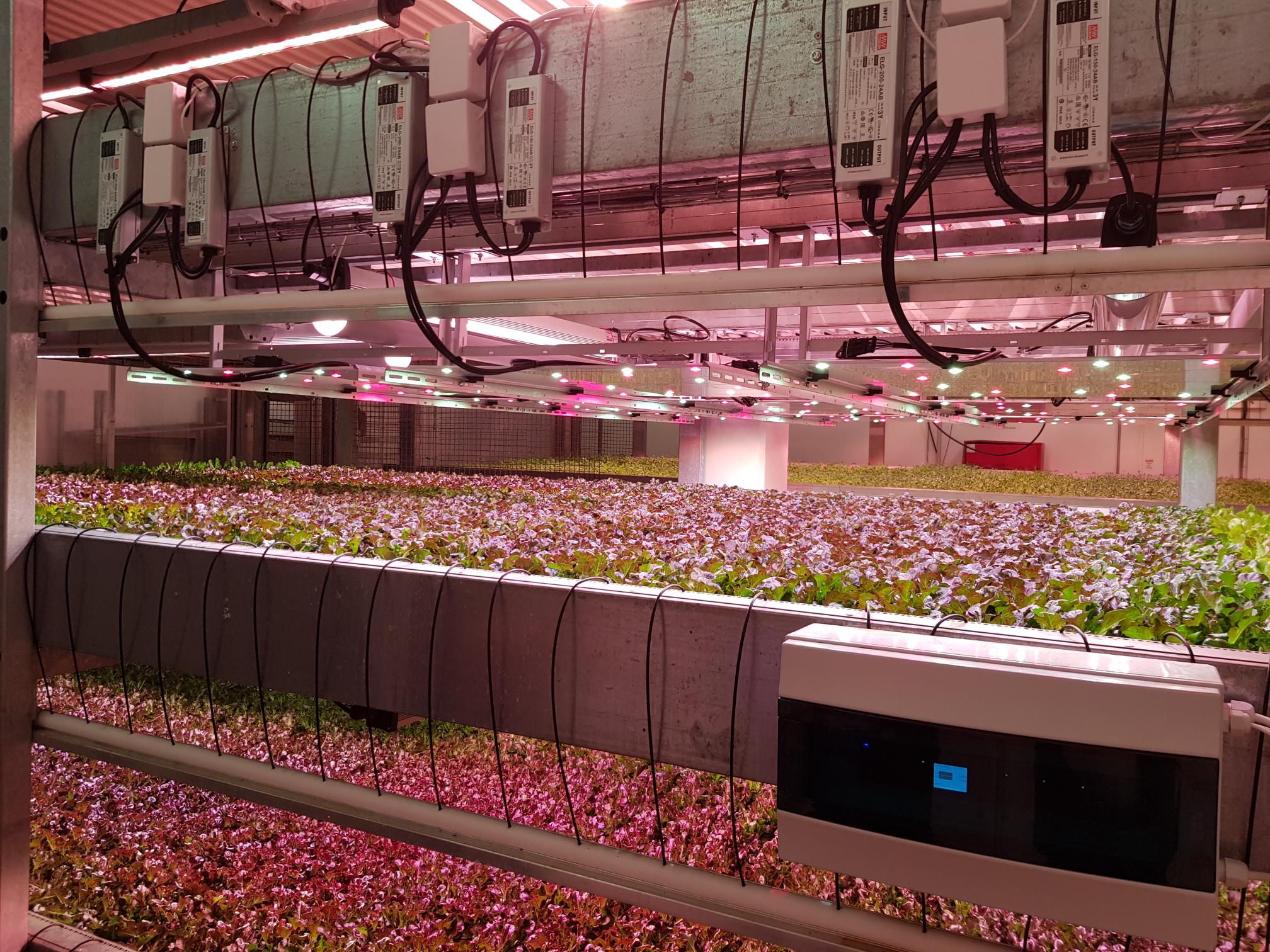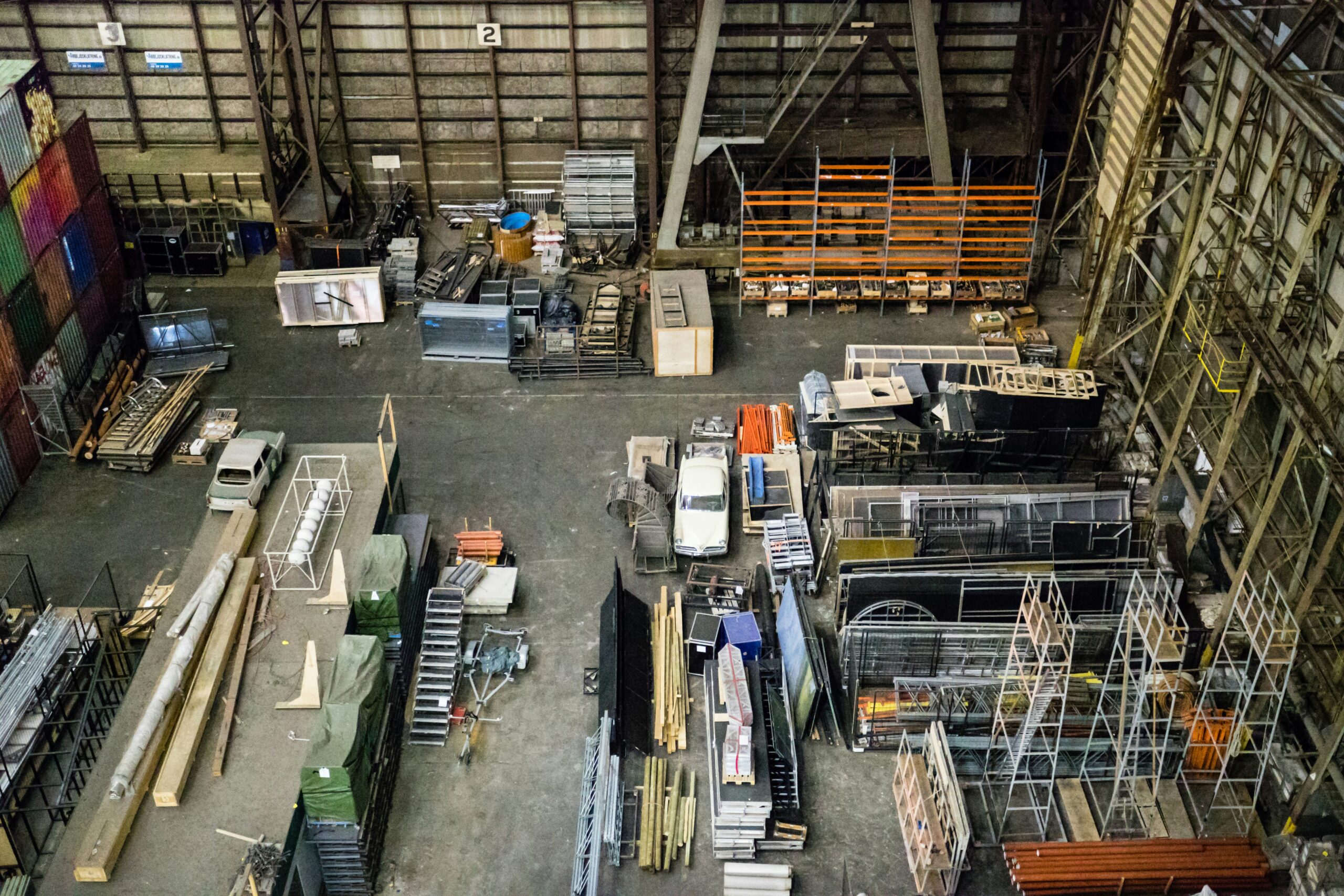What are the Best Greenhouses for Vertical Farming?
Vertical Farming greenhouses can vary widely depending on factors such as available space, budget, climate, and technology. At Viemose DGS we are experts in establishing indoor farming systems in any facility available.
By leveraging innovative technologies and design strategies, Vertical Farming can be successfully implemented in a wide range of greenhouses to produce fresh, nutritious crops efficiently.
In this article, we will explore the advantages and considerations associated with these greenhouses to assess the optimal choices for Vertical Farming.
What is Vertical Farming?
Vertical Farming has transformed the cultivation of plants through the utilization of vertically arranged layers or structures. This innovative methodology incorporates state-of-the-art technologies like hydroponics, which nurtures plants without soil, aeroponics, a method of suspending plants in the air while nourishing their roots with nutrients, and artificial lighting to replicate ideal growth conditions for plants.
By embracing these progressive techniques, Vertical Farming establishes controlled environments where variables such as light, temperature, and humidity are carefully controlled to enhance plant growth. This precision enables crops to flourish more efficiently in comparison to traditional soil-based farming methods.
Moreover, Vertical Farming optimizes space utilization by vertically stacking crops, thereby significantly increasing the available growing area. This spatial efficiency is especially beneficial in urban settings where arable land is limited.
The Various Greenhouses for Vertical Farming
In this exploration, we delve into the diverse range of greenhouses that can accommodate Vertical Farming Systems. We will discuss the advantages and considerations associated with each setting, highlighting how Vertical Farming can be tailored to meet specific needs and challenges.
Whether it is transforming basements into thriving gardens or converting industrial buildings into high-tech farms, these greenhouses showcase the versatility and potential of Vertical Farming. These are the different facilities we advise using for our systems at Viemose DGS:
Regular Greenhouses:
Greenhouses offer a controlled environment for plant growth while harnessing natural sunlight. They protect from harsh weather conditions and pests while allowing for year-round cultivation.
Vertical Farming in greenhouses may require modifications to optimize space utilization. Adequate ventilation and climate control are crucial to prevent heat buildup and humidity issues. Additionally, supplemental lighting may be needed during periods of low sunlight.

Warehouses:
Warehouses provide ample space for Vertical Farming operations, allowing for scalability and expansion. They typically have sturdy structures and existing infrastructure (such as electricity and water supply) that can be utilized for Vertical Farming.
Lighting and climate control are essential in warehouses since they are typically not designed for agricultural purposes. Adequate ventilation and insulation may be necessary to maintain optimal growing conditions. Additionally, access to natural light may be limited, requiring artificial lighting systems.

Basements:
Basements can be repurposed for Vertical Farming, making use of available space in urban environments. They offer a controlled environment with stable temperatures and insulation from external weather conditions.
Lighting is a critical factor in basement Vertical Farming due to limited access to natural sunlight. Artificial lighting systems must be carefully designed to provide sufficient light intensity and spectrum for plant growth. Adequate ventilation and humidity control are also essential to prevent mold and mildew growth.

Unused Industrial Buildings:
Repurposing unused industrial buildings for Vertical Farming can revitalize abandoned spaces and bring agriculture closer to urban areas. These buildings often have robust structures and existing infrastructure.
Adequate lighting, ventilation, and climate control may need to be addressed, as industrial buildings may not have been designed for agricultural purposes. Additionally, zoning regulations and environmental concerns should be considered when converting industrial spaces for farming.

Rooftops:
Rooftop farming utilizes otherwise unused space in densely populated urban areas, promoting local food production and green infrastructure. It can also provide insulation and reduce urban heat island effects.
Structural load-bearing capacity, access to water, and sunlight exposure are critical factors to consider for rooftop farming. Irrigation systems, wind protection, and safety measures should also be implemented.

What can Viemose DGS advise on?
At Viemose DGS we can offer a wide range of services and solutions to assist our customers in implementing Vertical Farming practices across various greenhouses. Here are some ways we support our customers:
- Facility Assessment and Design: We can conduct assessments of potential facilities, such as warehouses, greenhouses, basements, or containers, to determine their suitability for Vertical Farming. We provide expertise in designing optimal layouts and configurations tailored to the specific needs and constraints of each facility.
- Technology Integration: At Viemose DGS we help our customers integrate cutting-edge technologies essential for Vertical Farming, such as hydroponic systems, LED grow lights, automated monitoring, and control systems. We advise on the selection and installation of equipment to create controlled environments conducive to plant growth.
- Customized Solutions: Recognizing that each greenhouse may have unique requirements, we can develop customized solutions to address specific challenges or objectives. Whether it’s maximizing space utilization, optimizing resource efficiency, or ensuring regulatory compliance, we tailor our offerings to meet customer needs.
- Training and Education: We provide extensive training and education programs to empower our customers with the knowledge and skills necessary to operate and maintain Vertical Farming systems effectively. We offer guidance on crop selection, cultivation techniques, pest management, and best practices for maximizing yields and quality.
- Ongoing Support and Maintenance: We offer ongoing support and maintenance services to ensure the smooth operation of your Vertical Farming greenhouse. This includes troubleshooting technical issues, performing routine maintenance tasks, and providing 24/7 service and assistance to address any concerns or challenges that may arise.
Great Opportunities arise with Vertical Farming
The world of Vertical Farming offers a multitude of opportunities across various greenhouses, each presenting unique advantages and considerations.
At Viemose DGS, we are committed to guiding our customers through this transformative journey by offering tailored solutions and expert support. Together, we can harness the power of Vertical Farming to revolutionize agriculture, promote sustainability, and address the challenges of feeding a growing global population.
FAQs about the Greenhouses of Vertical Farming:
How does Viemose DGS determine the suitability of different greenhouses for Vertical Farming, especially considering factors such as space, climate, and technology integration?
We employ a comprehensive approach to assess the suitability of different greenhouses for Vertical Farming. This assessment involves considering factors such as available space, climate conditions, existing infrastructure, and the feasibility of integrating cutting-edge technologies essential for Vertical Farming.
Through thorough analysis and expertise in greenhouse assessment and design, we ensure that each facility meets the requirements for successful Vertical Farming operations.
What ongoing support and maintenance services does Viemose DGS offer to ensure the long-term success and efficiency of Vertical Farming operations in various greenhouses?
We offer a range of ongoing support and maintenance services to ensure the efficiency and longevity of Vertical Farming operations in various greenhouses. This includes troubleshooting technical issues, performing routine maintenance tasks, and providing 24/7 service and assistance.
Additionally, we provide training and education programs to empower customers with the knowledge and skills necessary to operate and maintain Vertical Farming Systems effectively.
Through these comprehensive support services, we ensure that our customers can maximize the benefits of Vertical Farming while minimizing disruptions and optimizing productivity and yields.





